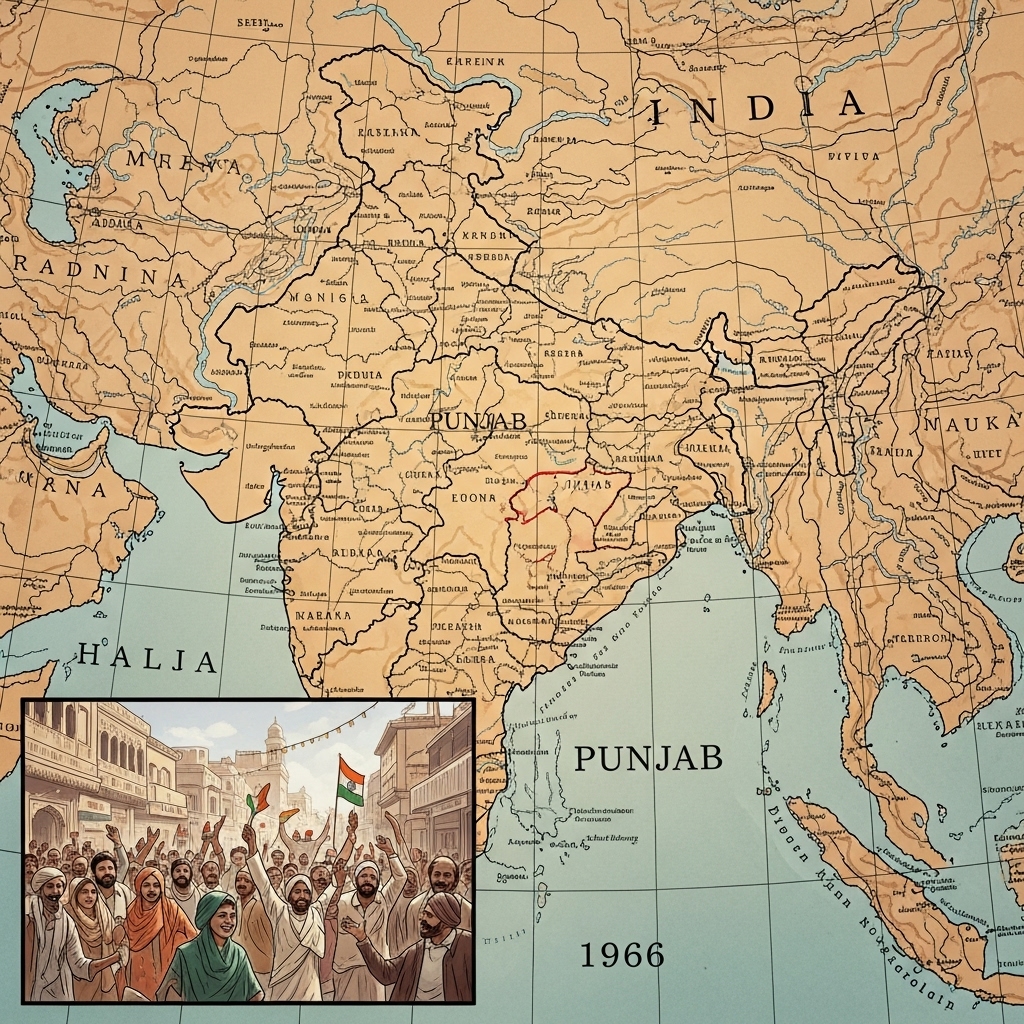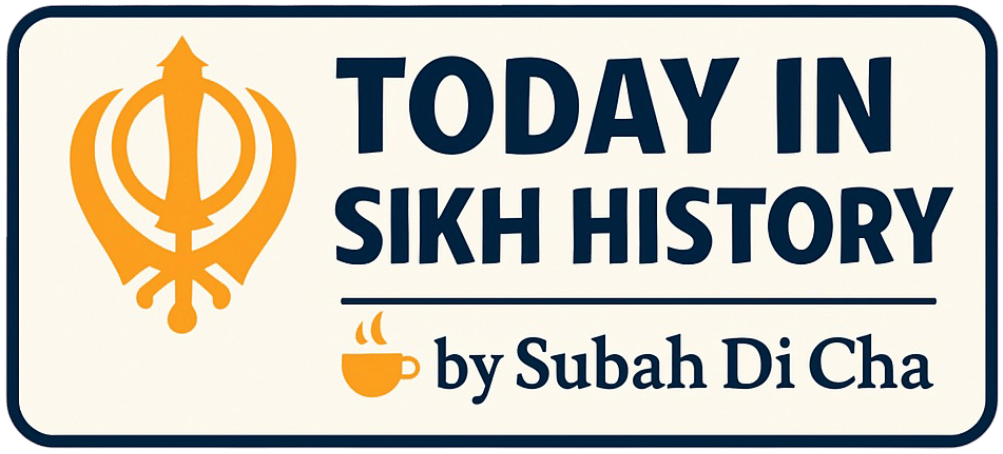🗓️ 1966 — A State of Our Own: The Birth of Punjab Suba 🗺️The culmination of a long struggle, modern-day Punjab was formed on a linguistic basis, creating a Punjabi-speaking state.

After years of peaceful protests, political negotiations, and immense sacrifice, a new chapter began for the Punjabi people. The creation of the Punjabi Suba (a Punjabi-speaking province) marked a pivotal moment in the region's modern history. The States Reorganisation Act of 1956 had redrawn India's states on linguistic lines, but Punjab was a notable exception. The Punjabi Suba movement, led by figures like Master Tara Singh and Sant Fateh Singh, peacefully demanded a state for Punjabi speakers. This decades-long, non-violent struggle finally succeeded on this day in 1966, when the existing state of Punjab was trifurcated into Punjab, Haryana, and Himachal Pradesh. The creation of Punjab Suba wasn't just about redrawing borders; it was about preserving a language and a culture. It ensured that Punjabi would be the language of administration, education, and daily life, securing its future for generations. This historic day reminds us that persistent, peaceful advocacy can reshape the map and safeguard a community's heritage.
|
